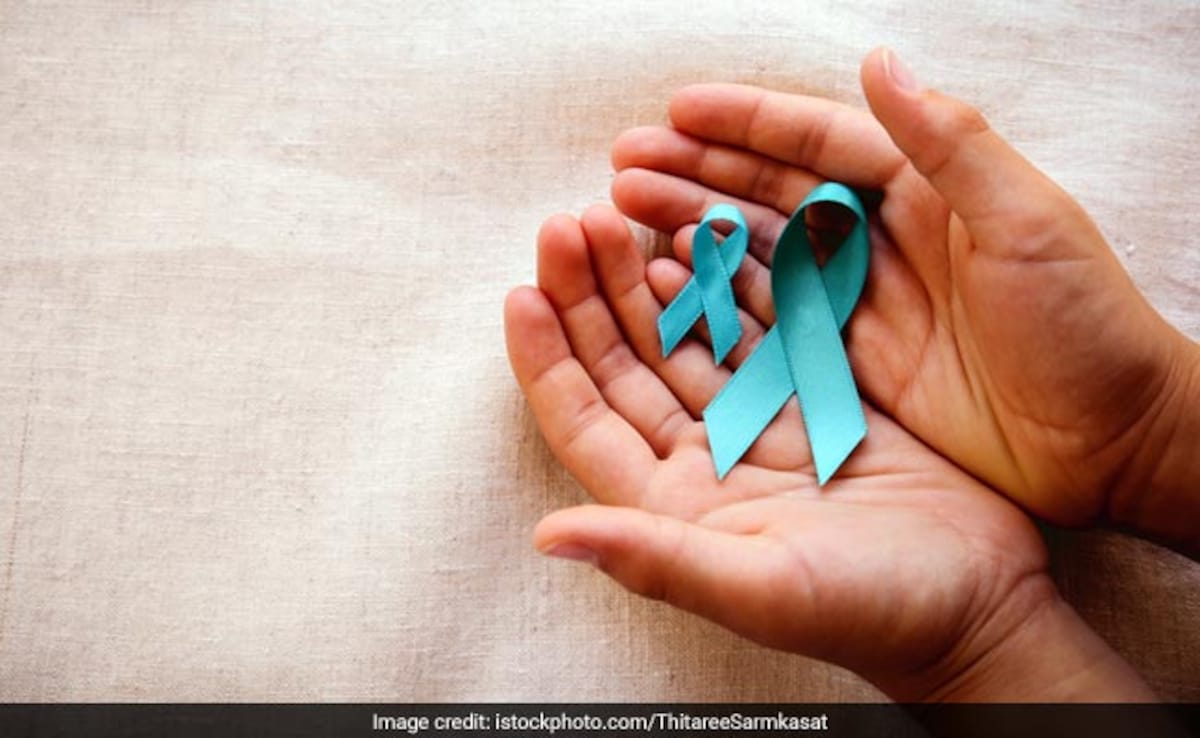
32 Year old model Poonam Pandey died of cervical cancer on Friday, her team said.
New Delhi:
As Cervical cancer is the second-leading cause of deaths among women in India, the central government had announced plans to encourage vaccinations against the human papillomavirus (HPV) through its immunisation programme, is exploring options to cap prices so that the vaccines to treat cervical cancer become more affordable, official sources have said.
According to Dr Bindu Bajaj, Obstetrics and gynaecologist, Safdarjung hospital, “Cervical cancer, the fourth most common cancer among women worldwide, is caused almost entirely by human papillomavirus (HPV). High-risk types of HPV can lead to cervical intraepithelial lesions which, over time, can progress to cervical cancer.”
“In India, it is the most common cancer and breast cancer seconds it. It is a preventable disease. All though more than 100 subtypes of HPV are there, around 20 are cancer-causing.” she said.
Dr. Sabhyata Gupta, Chairperson, Gynecology and Gynecology Oncology, Medanta, Gurugram said, “The burden of cervical cancer in India is significant, and although vaccines have been available, concerns over cost have persisted. With the introduction of a domestically produced vaccine and the government’s commitment to promoting cervical cancer immunization, the outlook for prevention has become promising. Increasing awareness among the population underscores the importance of engaging in patient counselling and community initiatives to boost vaccine uptake. The recommended age range for vaccination is 11 to 15 years, extending up to 26 to 45 years with medical consultation.”
“HPV is transmitted by skin-to-skin contact, including during sexual intercourse, hand-to-genital contact, and oral sex.” she explained
On risk factors, Dr Bindu said, “Risk factors for HPV and cervical cancer include young age at sexual initiation, multiple sexual partners, high parity, smoking, herpes simplex, HIV, coinfection with other genital infections.”
“Risk factors such as unsafe sexual practices, compromised immunity, and smoking highlight.” said Dr Sabhayata.
“HPV testing is the preferred method for cervical cancer screening. VIA by trained providers is especially suitable for low-resource settings until an affordable HPV test becomes available. Healthcare providers can choose the most appropriate screening and treatment modality. A single visit approach is encouraged and treatment may be offered based on colposcopy diagnosis (‘see and treat’) or even on the basis of HPV test or VIA results (‘screen and treat’), if compliance cannot be ensured.” said Dr Bindu over screening and treatment modality.
(Except for the headline, this story has not been edited by NDTV staff and is published from a syndicated feed.)




